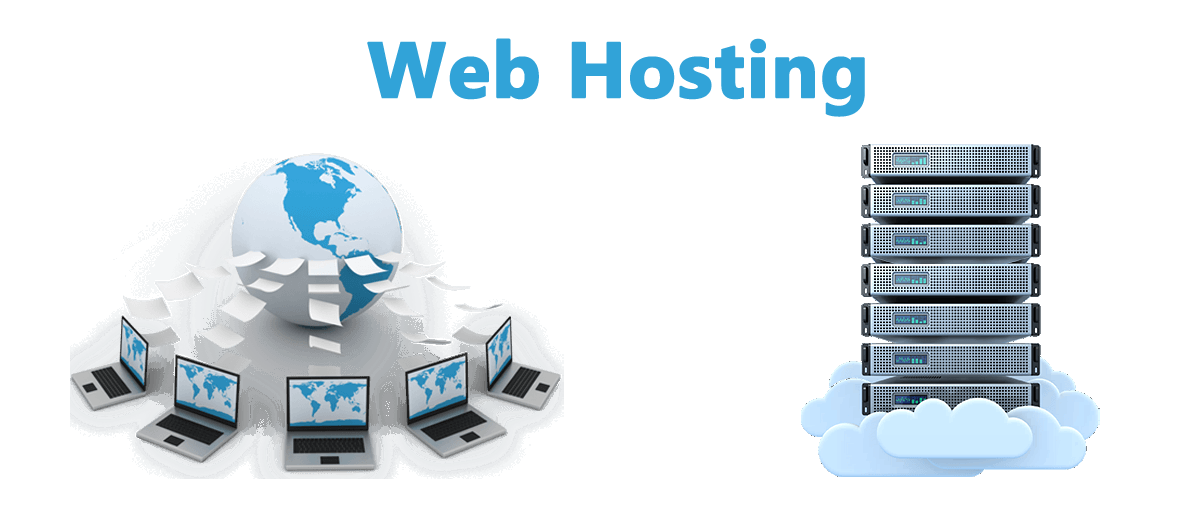A domain migration is the process of moving a website from one domain name to another. This can be a daunting task, especially if you’re concerned about losing your SEO rankings. However, by following some best practices, you can minimize the impact of a domain migration on your SEO. In this blog, we will discuss some of the best practices for preserving SEO rankings during a domain migration.
What is Domain Migration?
A domain migration is the process of moving a website from one domain name to another. This can be done for a variety of reasons, such as:
● To change the name of your website.
● To switch to a different domain registrar.
● To upgrade to a new hosting provider.
● To improve your website’s security.
No matter what the reason, it’s important to plan your domain migration carefully to avoid any disruptions to your website or your SEO rankings.
Steps in a Domain Migration
Here are the basic steps involved in a domain migration:
1. Choose a new domain name. When choosing a new domain name, it’s important to choose one that is relevant to your website’s content and that is easy to remember. You should also make sure that the domain name is available and that it doesn’t have any negative associations.
2. Set up your new hosting. Once you’ve chosen a new domain name, you’ll need to set up your new hosting. This is the process of renting space on a web server to store your website’s files.
3. Point your DNS records to your new hosting. Your DNS records tell the internet where to find your website. When you migrate your domain, you’ll need to update your DNS records to point to your new hosting.
4. Migrate your website’s content. Once you’ve pointed your DNS records to your new hosting, you can begin migrating your website’s content. This can be done manually or using a migration tool.
5. Test your website. Once you’ve migrated your website’s content, it’s important to test your website to make sure everything is working properly.
6. Promote your new domain. Once you’re happy with your new domain, you can begin promoting it. This includes submitting your new sitemap to Google Search Console and creating backlinks to your new site.
Related Post: How to Transfer a Domain?
Why is SEO ranking important?
SEO ranking is important because it helps websites get more traffic. The higher a website ranks in search engine results pages (SERPs), the more likely people are to see it and click on it. This can lead to more website visitors, which can lead to more sales, leads, or other desired outcomes.
There are a number of factors that affect SEO ranking, including:
● The quality and relevance of the website’s content. Search engines want to show users the most relevant and informative results, so they rank websites that have high-quality content highly.
● The website’s structure and navigation. Search engines also want to make it easy for users to find what they’re looking for, so they rank websites that have a clear and easy-to-use structure highly.
● The website’s technical SEO. This includes factors such as the website’s loading speed, use of keywords, and mobile-friendliness.
● Backlinks. Backlinks are links from other websites to your website. Search engines see backlinks as a vote of confidence for your website, so websites with more backlinks tend to rank higher.
Best practices for preserving SEO rankings
Following are the best practices for preserving SEO ranking.
1. Plan your migration carefully
● The first step in any domain migration is to carefully plan your migration. This includes choosing a new domain name, setting up your new hosting, and making sure your website is mobile-friendly.
● Choosing a new domain name
● When choosing a new domain name, it’s important to choose a name that is relevant to your content and that is easy to remember. You should also make sure that the domain name is available and that it doesn’t have any negative associations.
● Setting up your new hosting
● Once you’ve chosen a new domain name, you’ll need to set up your new hosting. This is the process of renting space on a web server to store your website’s files.
● There are many different hosting providers to choose from, so it’s important to compare their features and prices before you make a decision.
● Making sure your website is mobile-friendly
● Finally, you’ll need to make sure that your website is mobile-friendly. This means that your website should be designed to be viewed on mobile devices, such as smartphones and tablets.
2. Use 301 redirects
When you migrate your website, it’s important to use 301 redirects. This will tell search engines that your old pages have moved to a new location.
301 redirects are permanent, so they will help to preserve your SEO rankings.
3. Keep your content consistent
When you migrate your website, it’s important to keep your content consistent. This includes your content, your titles, and your URLs.
If you change your content, titles, or URLs, it can confuse search engines and hurt your SEO.
4. Promote your new domain
Once you’ve migrated your website, it’s important to promote your new domain. This includes submitting your new sitemap to Google Search Console and creating backlinks to your new site.
Submitting your sitemap to Google Search Console will help Google to index your new site more quickly.
Creating backlinks to your new site will help to improve your website’s authority and rankings.
5. Monitor your results
After you’ve migrated your website, it’s important to monitor your results. This includes tracking your traffic and your rankings.
Additional Tips
● Keep your old domain active for a few weeks. This will help search engines crawl and index your new site.
● Use a migration tool to help you move your content and settings. This will make the process easier and less error-prone.
● Test your site thoroughly before you launch it. Make sure everything is working properly and that your content is displayed correctly.
● Be patient. It can take some time for search engines to index your new site and update your rankings.
Conclusion
A domain migration can be a daunting task, but it doesn’t have to be. By following the best practices outlined in this blog, you can minimize the impact of a domain migration on your SEO rankings.
Ready to migrate your website to a new domain with ease? Trust TezHost’s reliable domain transfer services.



